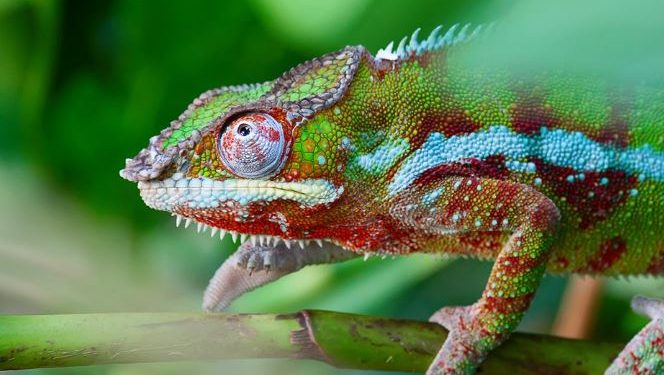You must have heard about the color changing nature of chameleons. You might have even seen it. These reptiles are quite popular for their nature. But have you ever wondered why, when and how do the chameleons change their color?
In this article, we will tell you about both the scientific and natural reasons why, when and how chameleons change their color.
Natural Cause: Every organism in the world has its own special feature. The chameleons have got some unique skill. It is believed that chameleons change their color for their security. Chameleons save themselves from predators by changing their color.
Chameleons also hunt to fill their stomachs. Chameleons change their color even while hunting, so that their prey does not realize and this way it can hut its prey.
Scientific reasons: A chameleon changes its color to adjust its body temperature to that of the outside temperature. A cold chameleon will turn dark to absorb more heat, while a hot chameleon will turn lighter in shade in order to reflect the heat from its body. Also the change in color in a chameleon can indicate its mood. An angry chameleon will have a darker color, whereas a chameleon in a relaxed mood will have a lighter color.
How colors change: Chameleons have a special type of cells called chromatophores, which helps them to change colors according to the environment. A chameleon has two superimposed layers within its skin, and the upper layer consists of nanocrystals of different sizes. A chameleon changes its color by changing the size and shape of these nanocrystals.
At the same time, when the chameleon is cool, these crystals reflect the blue wavelength present in the light. In addition, the chameleon has another layer of crystals, which are much larger than the other layer. These layers protect the chameleon from heat when there is very strong light.
This color-changing ability is not the only unique thing about chameleons. They can also look in two different directions at the same time.






































